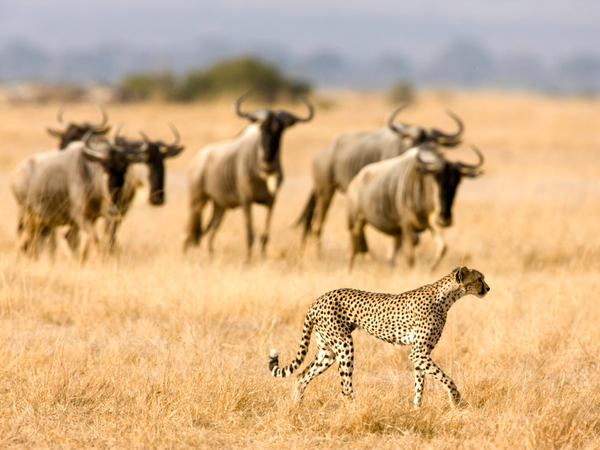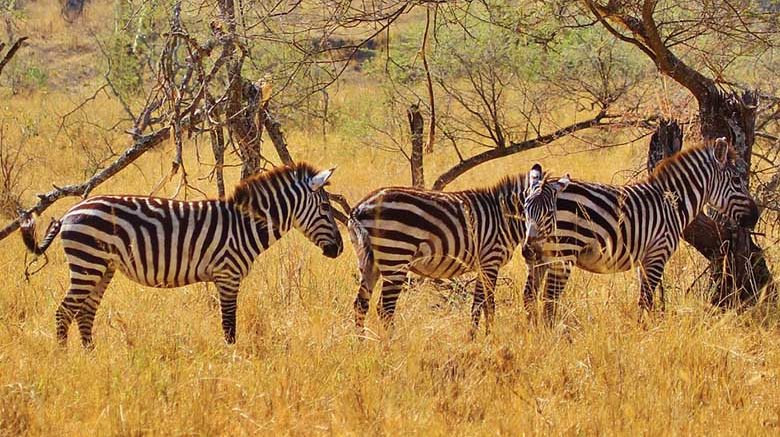Getting Familiar with factors Affecting wildlife in Tanzania : By starting with, wildlife simply refers to all the non-living as well as the living organisms especially birds, mammals, fishes and other organisms that are not human being and are not under the care of human lives. Wildlife also includes all the organisms in general and the mentioned above in particular that are not domesticated by human being. Wildlife includes the following organisms especially the animal species but not necessarily limited to; fish, birds, reptiles, mollusks, crustaceans, mammals, amphibians etc. these animals are called wildlife and are usually protected by some rules and regulations. Also, sometimes ordinances, laws and other statutes may act upon. Animals and other species of organisms that can be domesticated or grazed by human being are neither considered as wildlife nor related to. These includes cows, dogs, goats, domestic cats just to mention few. Wildlife are usually under great protection by laws and any other regulations that favors their lives. Despite the fact that these animals and other species are protected by some rules, laws and regulations but they are considered greatly caretakers of themselves. Examples, animals that are living in forests, mountains and seas to most extent they take care of themselves. For instance, lions, reindeers, sharks and tigers.

Factors affecting wildlife include all possible reasons that may be distorting and hindering the act and situations of wildlife in the world. Usually there are several factors that affects wildlife. These are also termed as factors hindering wildlife conservations. The factors affecting wildlife include the following but not limited to:
General environmental Destruction; this includes destructions of wildlife habitats that normally lead to the decrease in the number of areas that wildlife are living. Habitat destructions usually breaks the tract of habitats that is done continuously. They also include division of wildlife populations that are large into smaller parts. Human being is one of the causative agents for wildlife habitat destruction and fragmentations through his activities such as deforestations, urbanizations and agricultural expansions. Habitat destructions usually increases the vulnerability of various wildlife species by reduction of resources and spaces.
Deforestations; this is the act of cutting and clearing down forests for a certain reason. Deforestations is always done by human being with a certain purpose. The common factors for deforestation by human being can be for logging or for agricultural purposes which results in the obtaining of timbers and woods in order to consume them for fuel and construction activities. Deforestation causes insecurity to wildlife due to the clearance of their habitats. Also, deforestation leads to climatic changes that affects all the organisms on the earth.
Overexploitation; this refers to the harvest of plants and animals in the rate that is faster than the ability of the species to recover. Despite being associated with intensive act of fishing, overexploitation can be applied to many groups of species such as birds, amphibians, mammals, plants and reptiles. Overexploitation is dangerous in such a way that if it is done extensively it may lead to the loss of organisms without recovering quickly. This results in a massive reduction of wildlife in their habitats. Hence, this affects wildlife.
Pollution; various pollutants affects the health of wildlife negatively since some pollutants may expose damaging of wildlife. Example, pollutants like pesticides and toxic metals affects the health of wildlife which may results to their death. Pollutants usually affects various species of organisms in different ways though one pollutant may affect a certain species of organisms and not be an effect to another species. Pollution can be air pollution, land pollution, toxic chemicals and the use of heavy metals.

Poaching and culling; poaching is the illegal hunting of wildlife for trading. This is the major threat to some species of organisms that are usually valuable economically. This affects much largely the mammals like rhinoceros, tigers and the African elephants usually for skins and horns which seems to be valuable economically. In other hand, culling is the selecting and killing some species of wildlife by the government deliberately. There are a lot of animal species that are killed either through poaching or culling for various purposes that usually lead to loss of these unique and valuable species of animals. However, Tanzanian government through the Ministry of Natural Resources and Tourism have set strict laws and regulations to ensure that poaching is completely demolished in Tanzania. The ministry has also been collaborating with various International Organization to join the efforts of fighting against poaching, Getting Familiar with factors Affecting wildlife in Tanzania.
In fact, there are several factors that hinders and affect wildlife negatively. They are not limited to the above mentioned factors, as there are many more factors which can affect. Other factors that might happen to affect wildlife in Tanzania may include the recently observed rapid climatic changes, land degradation, soil erosion, some harmful human activities especially the heavy industrialization which dos not focus on preserving the environment, deforestation, and so forth.


